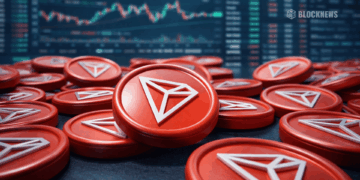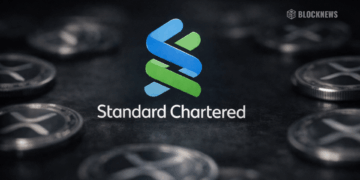- Transferring subgraphs from Ethereum to Arbitrum demands high gas fees.
- The introduction of L2 Transfer Tools will enable faster migrations of subgraphs, leading to lower indexing expenses and higher rewards for indexers.
The Graph, a blockchain data indexing protocol that allows developers to create open APIs of indexed data called subgraphs that DApps can use for querying, has collaborated with Arbitrum to introduce L2 Transfer Tools. These tools enable users to seamlessly migrate subgraphs, delegations, and stakes to Arbitrum One on Layer 2, sidestepping the expensive gas fees and tedious wait times that typically accompany manual transfers.
Faster Migration and a Flattened Bond Curve
Devs who create subgraphs are called indexers, and users can choose to delegate GRT to their preferred indexers based on the data they’re querying. L2 Transfer Tools allow users to relocate delegation and stake seamlessly. Faster transfers of delegated GRT to Arbitrum One means higher indexing rewards and an easier time for devs when migrating subgraphs from Ethereum to Arbitrum.
Arbitrum recently flattened its bond curve, making it cheaper to create subgraphs; the curve represents the amount of delegated GRT an indexer needs to “bond” with the network by creating a subgraph and the value of GRT they get in return for contributing to the network. A flattened bond curve translates to lower indexing prices and increased contribution returns. Additionally, a flattened bonding curve on Arbitrum One means that Indexers can confidently shift their stakes to capitalize on reduced gas expenses.
By streamlining transfers and empowering users to harness the advantages of Layer 2 technology, The Graph Foundation and Arbitrum have paved the way for a more economically viable landscape within the Web3 domain.














